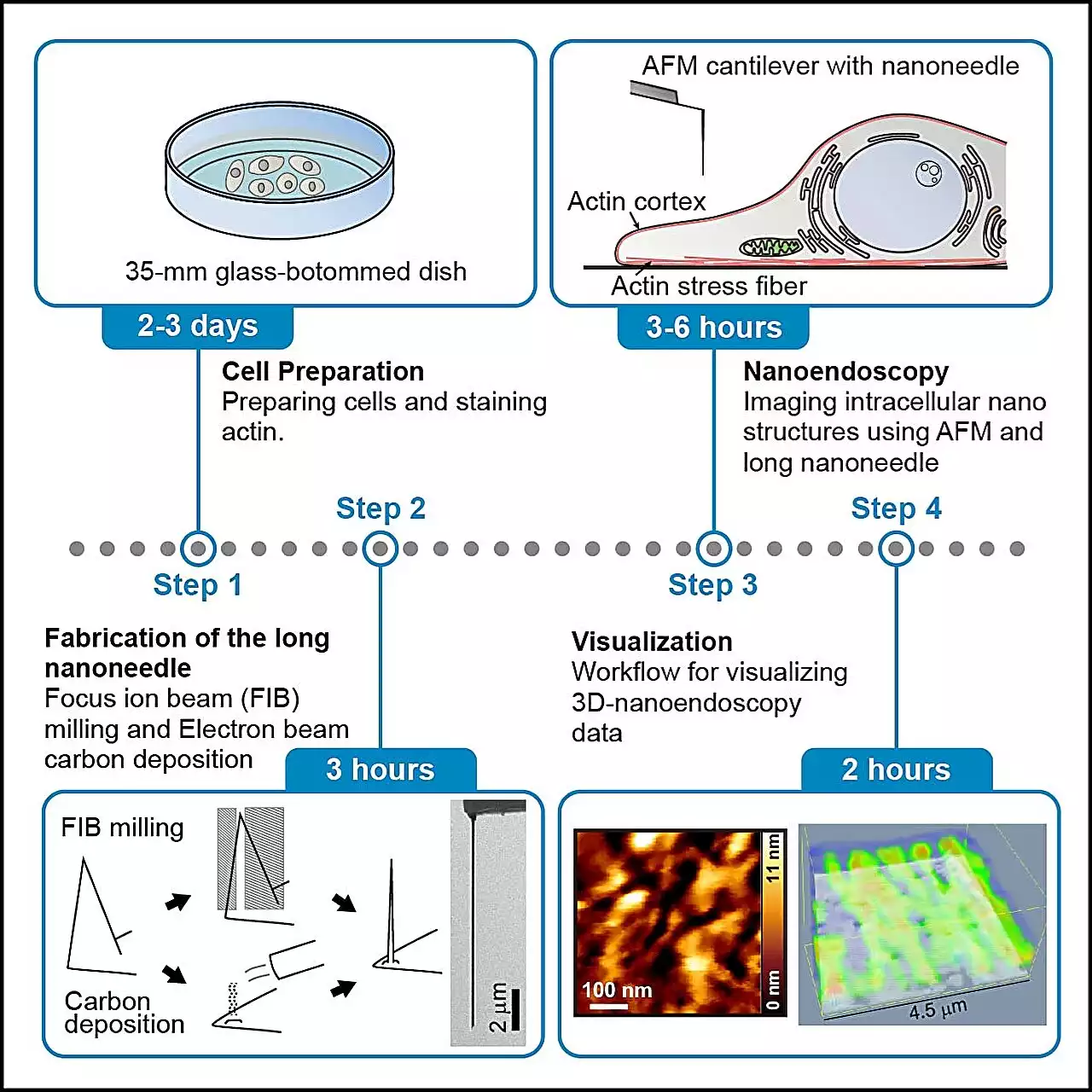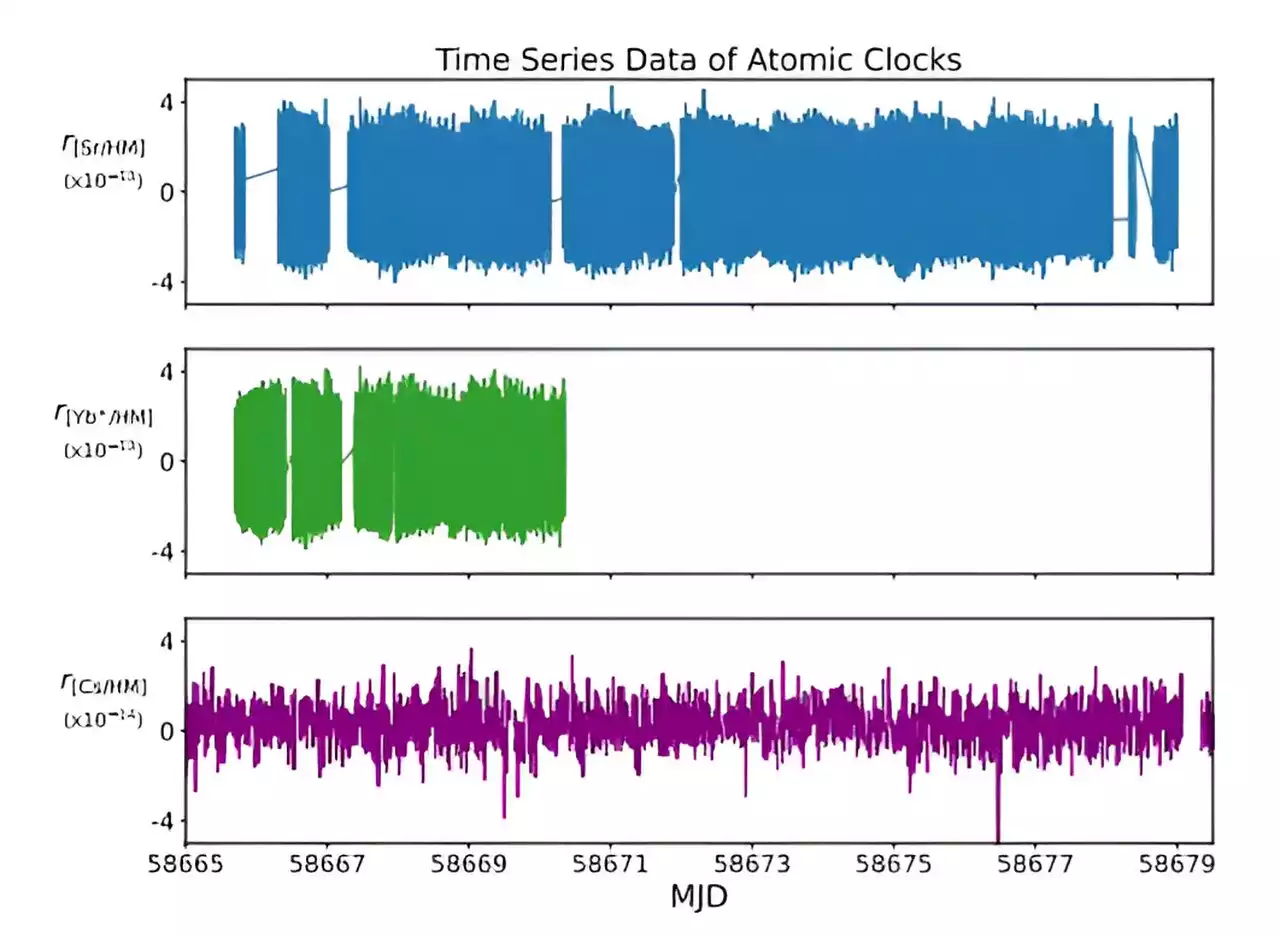Researchers have pushed the limits of the possible in the field of atomic-scale spin-optics, creating a spin-optical laser from monolayer-integrated spin-valley microcavities without requiring magnetic fields or cryogenic temperatures.
Researchers at the Technion -- Israel Institute of Technology have developed a coherent and controllable spin-optical laser based on a single atomic layer. This discovery is enabled by coherent spin-dependent interactions between a single atomic layer and a laterally confined photonic spin lattice, the latter of which supports high-spin-valley states through the photonic Rashba-type spin splitting of a bound state in the continuum.
Can we lift the spin degeneracy of light sources in the absence of magnetic fields at room temperature? According to Dr. Rong,"Spin-optical light sources combine photonic modes and electronic transitions and therefore provide a way to study the exchange of spin information between electrons and photons and to develop advanced optoelectronic devices.
In the monolayer-integrated spin-valley microcavities, ±K' valley excitons couple to ±K spin-valley states owing to polarization matching, and spin-optical excitonic lasing is achieved at room temperatures through strong optical feedback.
United States Latest News, United States Headlines
Similar News:You can also read news stories similar to this one that we have collected from other news sources.
 Researchers define protocol for high-resolution imaging of living cells using atomic force microscopyImages of nanoscale structures inside living cells are in increasing demand for the insights into cellular structure and function that they can reveal. So far, the tools for capturing such images have been limited, but researchers led by Takeshi Fukuma and Takehiko Ichikawa at Kanazawa University have now devised and reported a full protocol for using atomic force microscopy (AFM) to image inside living cells. The research is published in the journal STAR Protocols.
Researchers define protocol for high-resolution imaging of living cells using atomic force microscopyImages of nanoscale structures inside living cells are in increasing demand for the insights into cellular structure and function that they can reveal. So far, the tools for capturing such images have been limited, but researchers led by Takeshi Fukuma and Takehiko Ichikawa at Kanazawa University have now devised and reported a full protocol for using atomic force microscopy (AFM) to image inside living cells. The research is published in the journal STAR Protocols.
Read more »
 Researchers develop a new reagent and method to create DNA and RNA polymer biohybridsResearchers in Carnegie Mellon University's Department of Chemistry have developed a reagent that opens new possibilities for creating DNA and RNA-based materials that could be used in ultra-stable and smart sensors for biomedical applications. The work was published on Aug. 22 in the journal Chem.
Researchers develop a new reagent and method to create DNA and RNA polymer biohybridsResearchers in Carnegie Mellon University's Department of Chemistry have developed a reagent that opens new possibilities for creating DNA and RNA-based materials that could be used in ultra-stable and smart sensors for biomedical applications. The work was published on Aug. 22 in the journal Chem.
Read more »
 Using an atomic clock to help find evidence of dark matterA combined team of physicists from the University of Sussex and the National Physical Laboratory, both in the U.K., has been designing experiments to identify ultra-light dark matter particles. In their paper published in the open-access New Journal of Physics, the group describes how they are attempting to use the high precision of atomic clocks to detect ultra-light dark matter particle 'kicks' that would lead to time variations and, in so doing, would show evidence of dark matter.
Using an atomic clock to help find evidence of dark matterA combined team of physicists from the University of Sussex and the National Physical Laboratory, both in the U.K., has been designing experiments to identify ultra-light dark matter particles. In their paper published in the open-access New Journal of Physics, the group describes how they are attempting to use the high precision of atomic clocks to detect ultra-light dark matter particle 'kicks' that would lead to time variations and, in so doing, would show evidence of dark matter.
Read more »
 Golden rules for building atomic blocksPhysicists have developed a technique to precisely control the alignment of supermoiré lattices by using a set of golden rules, paving the way for the advancement of next generation moiré quantum matter.
Golden rules for building atomic blocksPhysicists have developed a technique to precisely control the alignment of supermoiré lattices by using a set of golden rules, paving the way for the advancement of next generation moiré quantum matter.
Read more »
 Unknown ultra-light particles linked to dark matter could be found using atomic clocksRobert Lea is a science journalist in the U.K. who specializes in science, space, physics, astronomy, astrophysics, cosmology, quantum mechanics and technology. Rob's articles have been published in Physics World, New Scientist, Astronomy Magazine, All About Space and ZME Science. He also writes about science communication for Elsevier and the European Journal of Physics. Rob holds a bachelor of science degree in physics and astronomy from the U.K.’s Open University\n
Unknown ultra-light particles linked to dark matter could be found using atomic clocksRobert Lea is a science journalist in the U.K. who specializes in science, space, physics, astronomy, astrophysics, cosmology, quantum mechanics and technology. Rob's articles have been published in Physics World, New Scientist, Astronomy Magazine, All About Space and ZME Science. He also writes about science communication for Elsevier and the European Journal of Physics. Rob holds a bachelor of science degree in physics and astronomy from the U.K.’s Open University\n
Read more »
 New Audi Q6 e-Tron: interior marks a new era of Ingolstadt cockpitsCAR magazine UK reveals details of Audi's new Q6 e-Tron electric SUV
New Audi Q6 e-Tron: interior marks a new era of Ingolstadt cockpitsCAR magazine UK reveals details of Audi's new Q6 e-Tron electric SUV
Read more »
